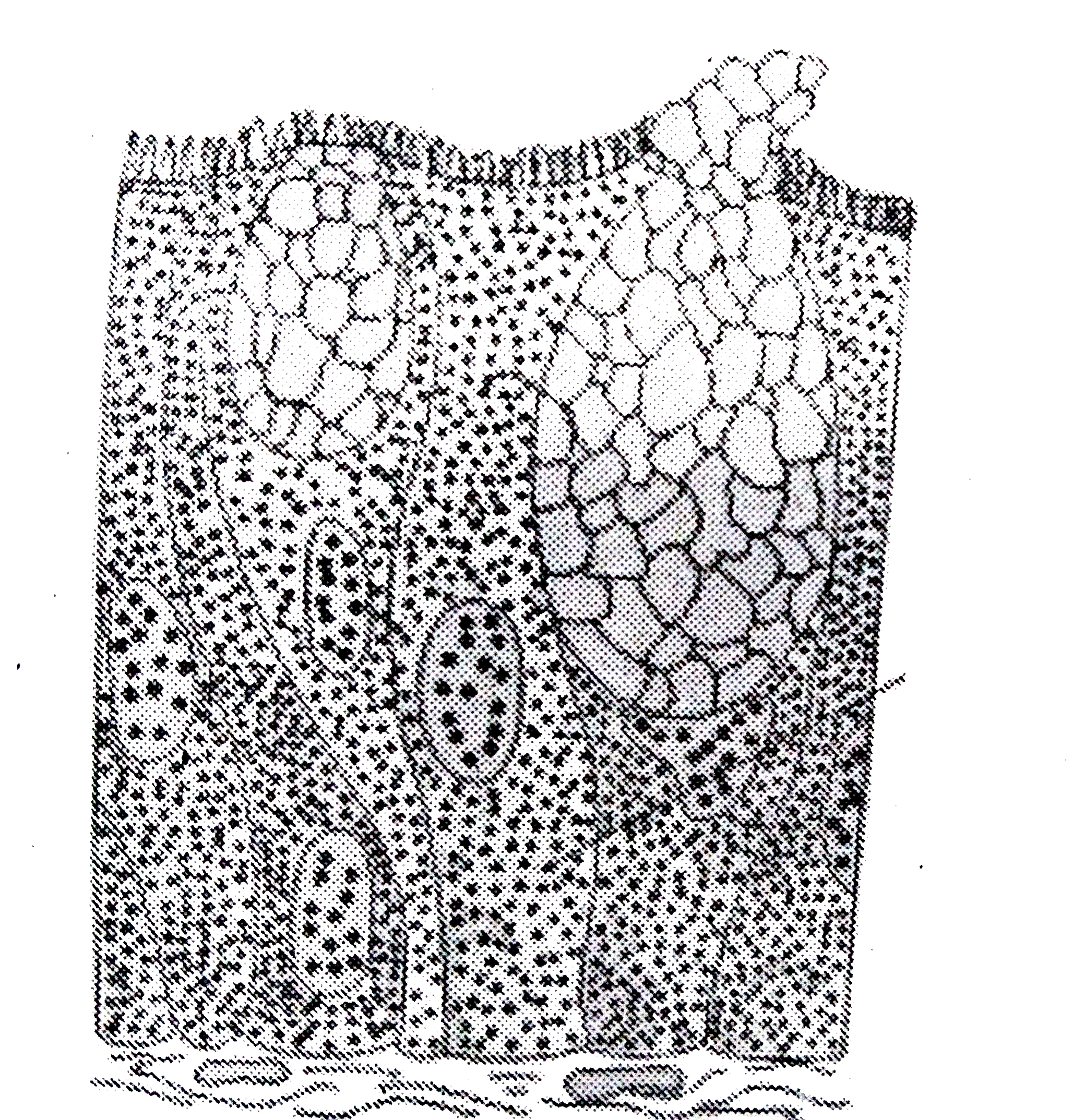Which motion does not require force to maintain it?
Uniform circular motion
Elliptical motion
Uniformstraight line motion
Projectile motion
The correct Answer is:C
To solve the question "Which motion does not require force to maintain it?", we will analyze different types of motion and determine whether a force is required to sustain each type.
1. Understanding Force and Motion:
- Force is defined as the rate of change of momentum. Mathematically, it is expressed as:
F=dPdt
- Here, P is momentum, and t is time.
2. Analyzing Circular Motion:
- In uniform circular motion, the object moves in a circle at a constant speed. However, the direction of the velocity changes continuously.
- Since the direction of velocity changes, the momentum also changes, which means:
dPdt≠0
- Therefore, a force is required to maintain circular motion.
3. Analyzing Elliptical Motion:
- In elliptical motion, the speed of the object varies at different points along the path.
- Since both the magnitude and direction of velocity change, the momentum is not constant:
dPdt≠0
- Thus, a force is also required to maintain elliptical motion.
4. Analyzing Straight Line Motion:
- In uniform straight line motion, an object moves with a constant velocity (both speed and direction).
- If the velocity is constant, the momentum remains constant:
dPdt=0
- Hence, no force is required to maintain this type of motion.
5. Analyzing Parabolic Motion (Projectile Motion):
- In projectile motion, the object follows a parabolic path, and its velocity changes due to the influence of gravity.
- Since the velocity changes in both magnitude and direction, the momentum is not constant:
dPdt≠0
- Therefore, a force is required to maintain parabolic motion.
6. Conclusion:
- After analyzing all types of motion, we conclude that the only motion that does not require force to maintain it is uniform straight line motion.
Final Answer:
The motion that does not require force to maintain it is uniform straight line motion.
---
- Force is defined as the rate of change of momentum. Mathematically, it is expressed as:
F=dPdt
- Here, P is momentum, and t is time.
- In uniform circular motion, the object moves in a circle at a constant speed. However, the direction of the velocity changes continuously.
- Since the direction of velocity changes, the momentum also changes, which means:
dPdt≠0
- Therefore, a force is required to maintain circular motion.
- In elliptical motion, the speed of the object varies at different points along the path.
- Since both the magnitude and direction of velocity change, the momentum is not constant:
dPdt≠0
- Thus, a force is also required to maintain elliptical motion.
- In uniform straight line motion, an object moves with a constant velocity (both speed and direction).
- If the velocity is constant, the momentum remains constant:
dPdt=0
- Hence, no force is required to maintain this type of motion.
- In projectile motion, the object follows a parabolic path, and its velocity changes due to the influence of gravity.
- Since the velocity changes in both magnitude and direction, the momentum is not constant:
dPdt≠0
- Therefore, a force is required to maintain parabolic motion.
- After analyzing all types of motion, we conclude that the only motion that does not require force to maintain it is uniform straight line motion.
The motion that does not require force to maintain it is uniform straight line motion.
Similar Questions
It is a common experience that to initiate motion in a body at rest, force required is much greater than the force required to maintain the motion. Read the above passage and answer the following question:
(i) Do you agree with the statement?
(ii) How do you justify the statement?
(iii) What values of day to day life do you learn from this?View SolutionA horizontal force of 15 N is required to maintain a velocity of 3ms−1 in a body of mass 20 kg . How much work is done by this force in 1 mintue ?
View Solution
Knowledge Check
- Question 1 - Select One
A seed which does not require oxygen for germination is
APeaBRiceCTyphaDBoth B and C - Question 2 - Select One
The vitamins required to maintain bone density
 AVitamin A and CBVitamin C and DCVitamin B and CDVitamin A and E
AVitamin A and CBVitamin C and DCVitamin B and CDVitamin A and E - Question 3 - Select One
The vitamins required to maintain bone density
AVitamin A and CBVitamin C and DCVitamin B and CDVitamin A and E
T~e religion does not require one to proselytise through guile or force
View SolutionWhich one of these does not require external water for fertilisation?
View SolutionWhich of the following diseases does not require use of antibiotics?
View SolutionWhich of the following does not act as buffer to maintain pH of blood?
View SolutionA horizontal force of 5 N is required to maintain a velocity of 2 m / s for a block of 10 kg mass sliding over a rough surface. The work done by this force in one minute is
View Solution

